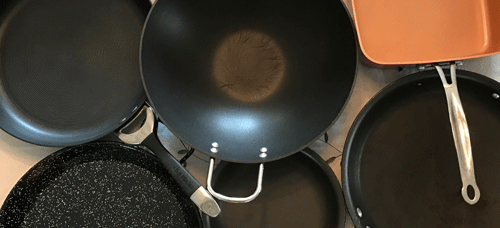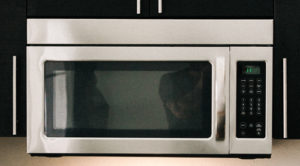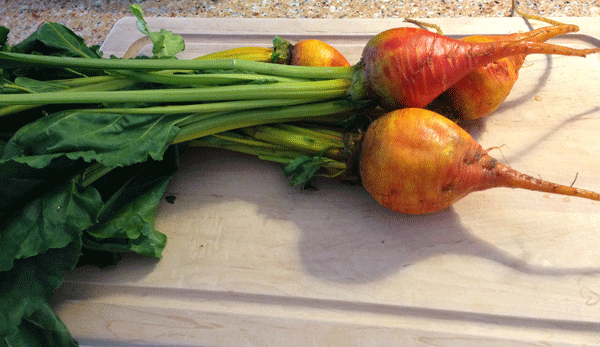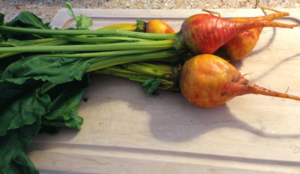I grew up in the era of better living through chemistry. When teflon-coated pans came out they were a life-saver for busy moms everywhere. Non-stick pans have evolved over the years and the days of little bits of chemical coating scraping off and entering your food are mostly behind us. Mostly.
In ths post you’ll learn about the five types of non-stick pans to help you make your next purchase a more informed one.
Based on my research, types of non-stick pans include teflon, copper, anodized aluminum, diamond, and thermolon.

Teflon
Pretty much everyone agrees that this is the worst kind of non-stick pan you can buy. First, it scratches easily, and second, the chemicals can get into your food. No brainer that this is a no-go.
Copper
A common concern with copper pans is that copper can leach into your food during cooking. However if you use copper pans that are lined with stainless steel on the inside, you get the benefits of copper (heat conduction and aesthetics) without the safety concerns. The relatively new Red Copper pans are lined with ceramic and so are reported to be safe (and beautiful too).
Anodized Aluminum
There is much conflicting information about this type of cookware. Although the anodizing process stops the aluminum from leaching into food, there’s evidence that the additional coating on some brands of anodized pans is similar to the chemical used in Teflon. Therefore I’m not recommending this type of pan without further research.
Diamond
Developed by a German company in the late 70’s, this cookware is made using one of the best non-stick technologies available. It uses diamonds and specially made steel to create an extremely durable piece of cooking equipment. You can find it on Amazon (but beware of sticker shock): Woll Non-Stick Diamond
Thermolon
This is a ceramic-based “green” non-stick coating technology that is considered safe as long as the brand states it’s PFO-free. The one downside seems to be that the non-stick properties of the ceramic coating degrade relatively quickly (some say within about a year), requiring regular replacement.
So there you have it! Personally I’ll stick to mostly cast iron, but when I need something lighter I’ll go with a ceramic lined pan.
[Note: When I get a chance to do further research into the anodized aluminum materials I’ll update this post.]
 Microwaves have come a long way, but ultimately they haven’t changed that much. The principle is still essentially the same. They use radiation to manipulate the food at the molecular level, making them vibrate by the short radio waves emitted into the food. The vibration creates energy which heats up the food. This is why the food cooks quickly — because all the molecules on the inside are cooking at the same time as the ones on the outside, unlike conventional heat which starts on the surface and makes its way inside the food.
Microwaves have come a long way, but ultimately they haven’t changed that much. The principle is still essentially the same. They use radiation to manipulate the food at the molecular level, making them vibrate by the short radio waves emitted into the food. The vibration creates energy which heats up the food. This is why the food cooks quickly — because all the molecules on the inside are cooking at the same time as the ones on the outside, unlike conventional heat which starts on the surface and makes its way inside the food.



